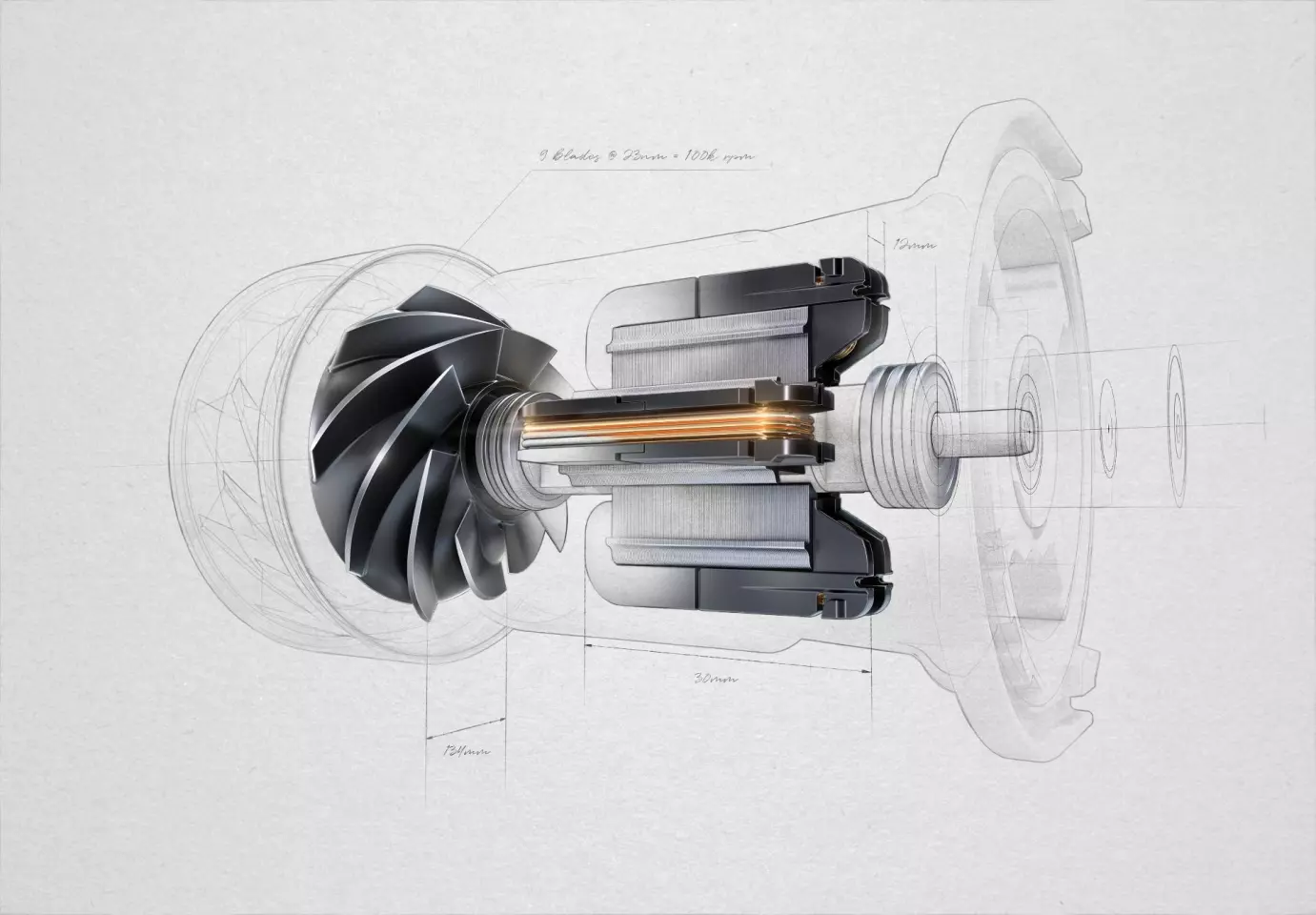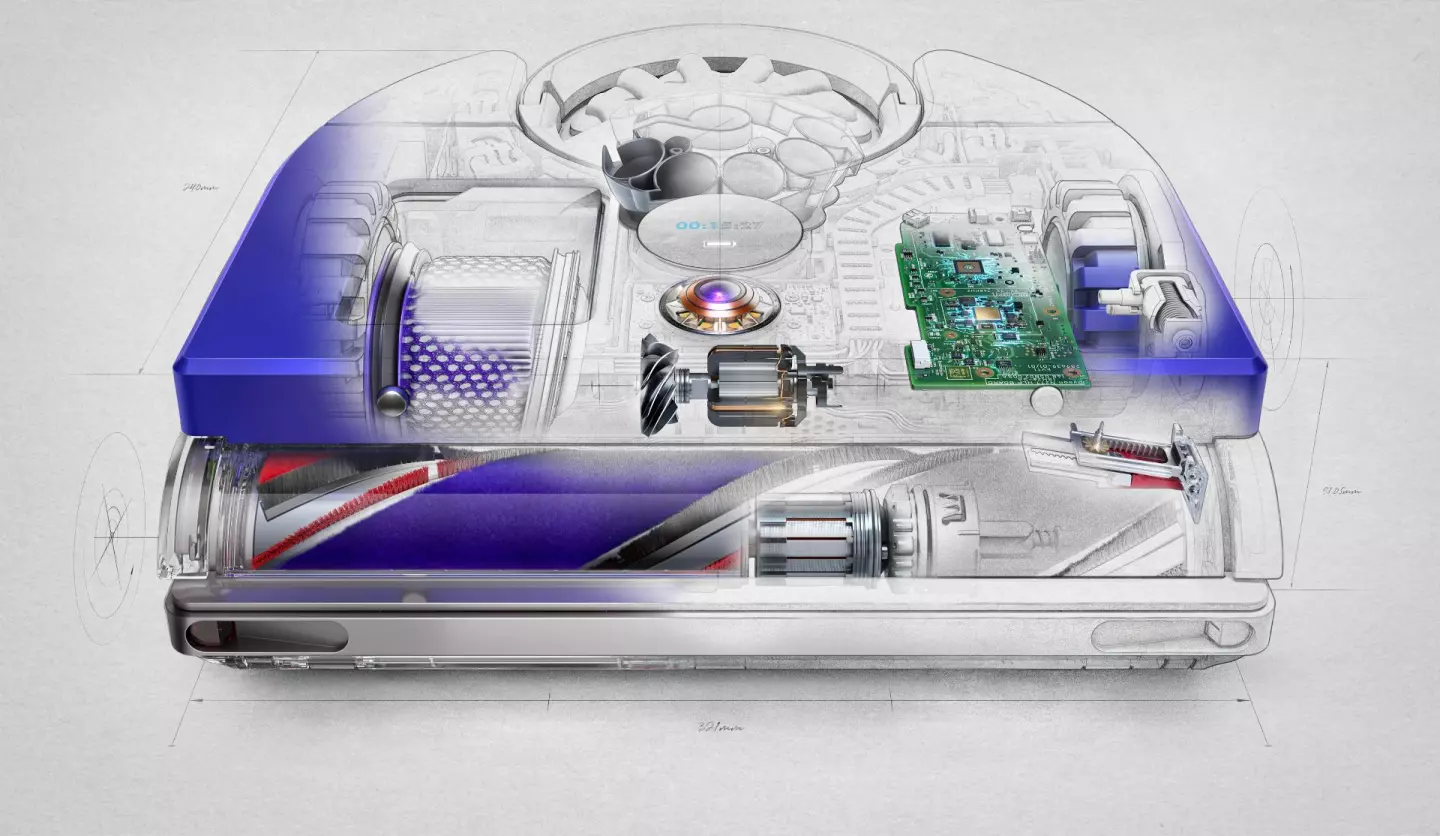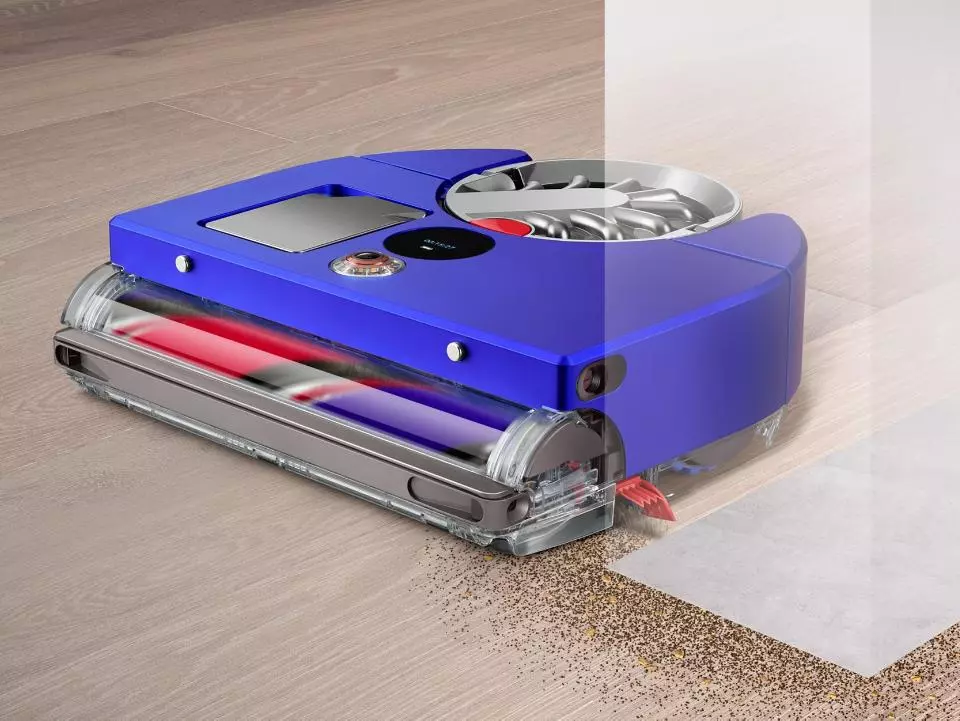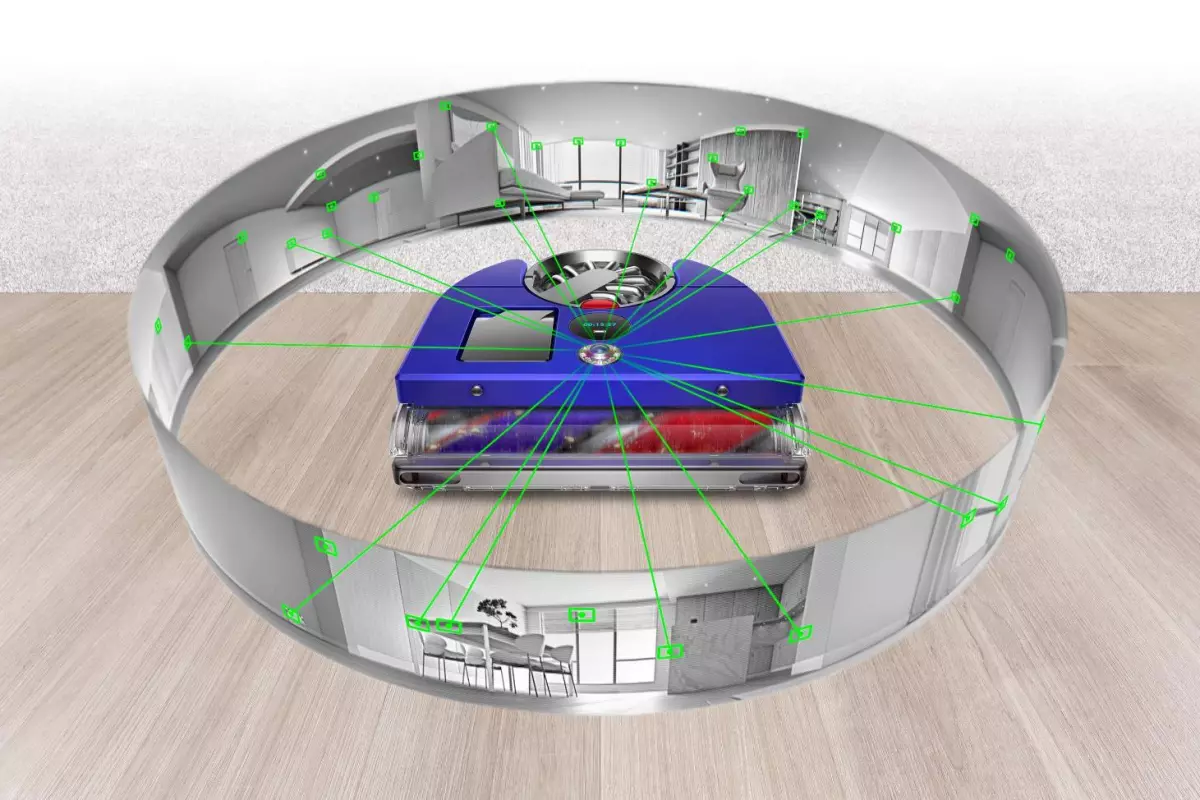It was Tomy, of all companies, that released what was technically the first robot vacuum back in 1985. Sure, the Dustbot was a big-eyed, extremely blinky kids' toy, but the dustpan and brush it carried was nought but a clever ruse. There was a vacuum in there, and it was able to sense edges and change directions. Not the most efficient thing in the world, not even particularly useful really. But it was the first.
iRobot was the company to break through in 2002, with a disc-shaped device called the Roomba, which served chiefly as a cat locomotion and rotation device, moving around a given space in a more or less random-looking pattern while spinning brushes and running a micro-vacuum that might, on a good day, suck the skin off a custard that had sat around for 30 minutes.
Since then, plenty of companies have got into the mix, and robot vacuums are now both common and clever. AI has granted some the power to recognize and dodge dog turds, for example, instead of auto-mashing them into every corner of a carpet. Some can 3D-map and navigate your home to make sure they haven't missed a spot.

Some can return home to charge and self-empty their little dustbins. Some have little mops that can clean hard surfaces and lift out of the way for carpets. And some have voice control or can be integrated with Alexa-style assistants, so they can be commanded through the art of yelling.
All are now irrelevant, at least in the eyes of a certain type of buyer. Because Dyson has sauntered onto the scene, 21 years late, and now deigns to Dyson all over the robot vacuum market. You know what that means: it's gonna be purple, it's gonna be techy-looking, it's gonna be engineered like it's going to the space station, it's gonna cost as much as a functional second-hand car, and it's gonna suck.
Oh how it'll suck. Dyson claims its brand-spanking new 360 Vis Nav sucks six times harder than any other robot vacuum. It'll pull the skin off custards that have been there for hours, maybe even days. No custard can feel truly safe ever again, thanks to what Dyson calls a 110,000-rpm Hyperdymium motor. I feel certain they had one of those on the starship Enterprise. Did you ever see a custard on that ship? Me neither.

There are no less than 26 sensors on the 360 Vis Nav, including a boggle-eyed 360-degree fisheye lens on top and several other cameras. There's an AI brain that "thinks and adapts" like the rest of us one day aspire to. There's a triple-action brush bar – which sounds like something that would send dairy cows into a lather of excitement, but apparently it's just some vacuuming thing, so you may have to let Daisy down gently.
There's an app, in which you can set up and schedule zones if you like that sort of thing. There's dual-link suspension, so this baby will roll right over steps up to 21-mm (0.8-in) high. There is ... apparently no ability to empty its own bin, which at a price around US$1,600 may be confusing – but only until you realize this is just Dyson's engineering team playing 4D chess, finding an innovative way to make this thing suck even harder.
It doesn't matter. If you, or your partner, habitually wear yoga pants outside the context of yoga, or own a Peloton, or know what Le Creuset is, or have anything in your house labeled Smeg (well, anything you'd show a visitor), you'll be getting one of these. Don't fight it, it's what you do.

Here is a 15-second video that looks highly technical but tells you nothing in a soothing way. If you're really desperate to nerd out, watch this brutally boring six-minute video telling you to install the thing instead.
Source: Dyson







